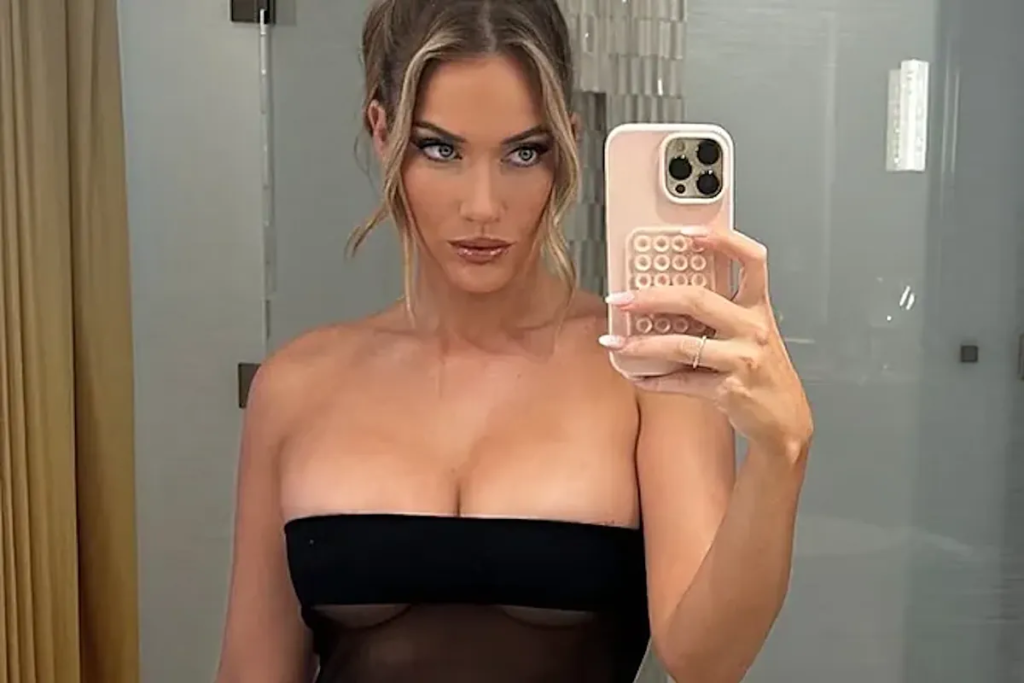In a short Instagram video posted earlier this week, Paige Spiranac appears teeing off at a golf course, dressed neatly and within regulation.
The clip then cuts to a humorous shot of a child sipping milk, grimacing in disgust, and finally forcing a smile. The caption read: “I’ll follow a dress code but doesn’t mean I like it lol.”
The post quickly went viral, earning thousands of likes and comments from followers who applauded her willingness to speak out while keeping things fun. Spiranac‘s humor often disarms critics who dismiss her as a provocateur.
Instead, she continues to use her platform to address real issues, particularly those that affect women in a sport long defined by rigid etiquette and exclusivity.
Challenging golf’s traditional mold
Spiranac has been consistent about one thing – players should feel comfortable expressing themselves. “Do what you want to do, wear what you want to wear,” she once said in an interview with Fox News, summing up her stance on individuality.
To her, golf’s deeply rooted dress codes are less about respect and more about outdated image control.
Over the years, she’s highlighted how the rules often impact women more severely than men. While male golfers are typically required to wear collared shirts and slacks, women still face stricter scrutiny, with some courses dictating skirt lengths or banning sleeveless tops altogether.
Those unwritten rules, Spiranac argues, send the wrong message about who belongs on the course.
Many of golf’s traditional clubs defend their codes as a way to preserve the game’s heritage. Supporters argue that attire reinforces discipline, respect, and decorum.
But as participation rises among younger and more diverse players, the argument for modernization grows stronger. The shift is already visible at many public and community courses, which have eased restrictions to attract new golfers.
Even professional tours can’t agree on where to draw the line. In 2025, the LIV Golf League, often viewed as golf’s disruptor, reversed course by banning shorts during tournaments, insisting players wear full-length pants.
The move surprised fans and reignited debate across the sport about whether clothing really affects professionalism or performance.
Read the full article here

